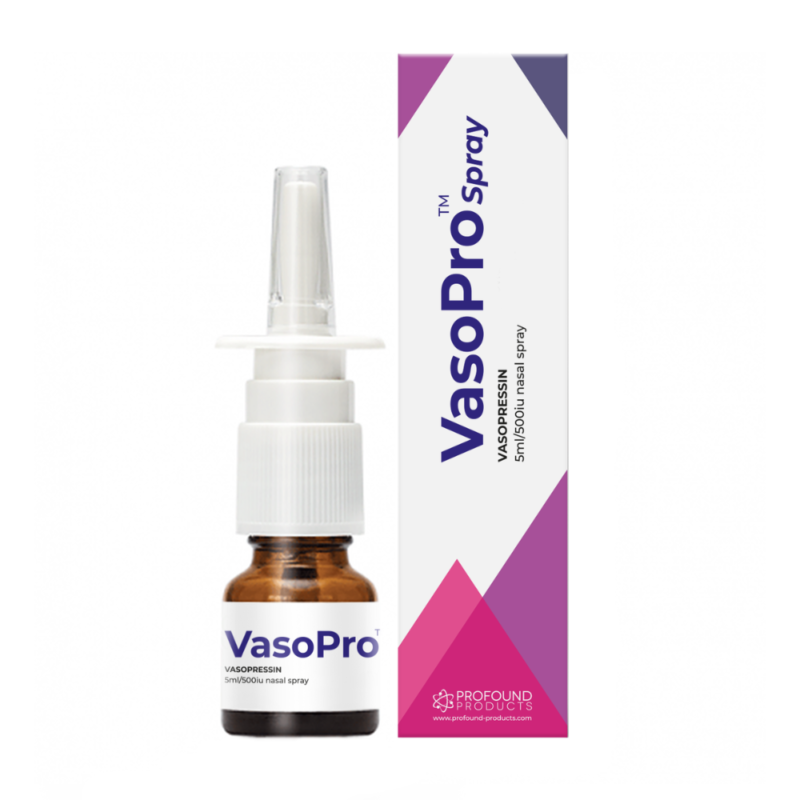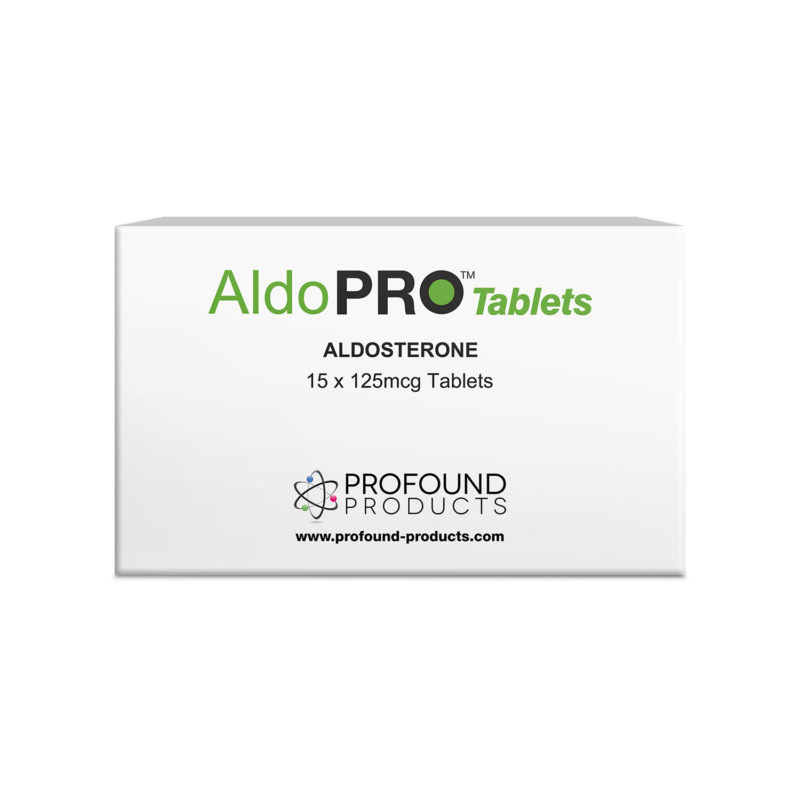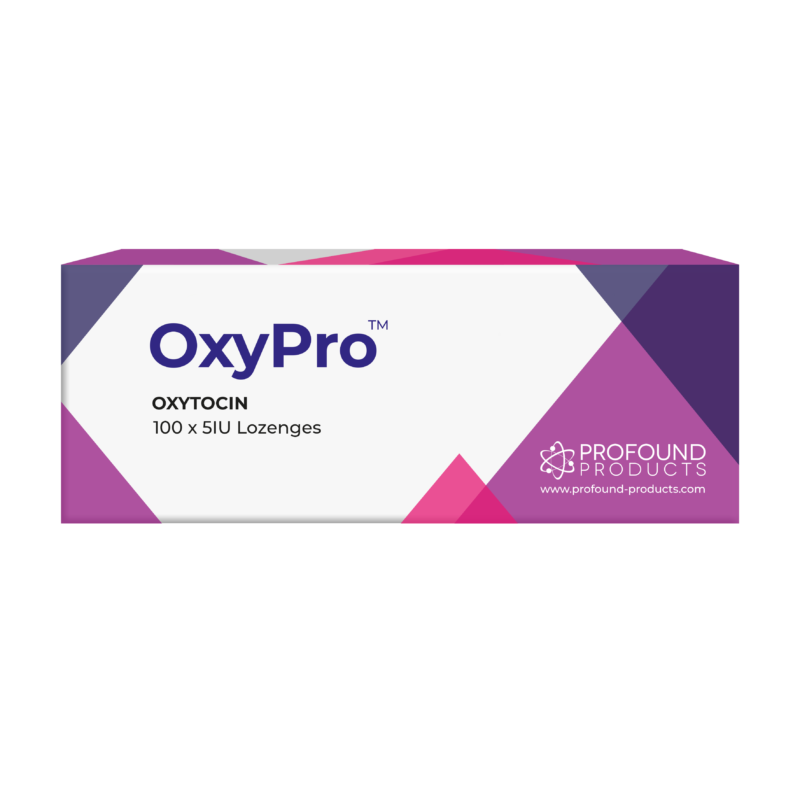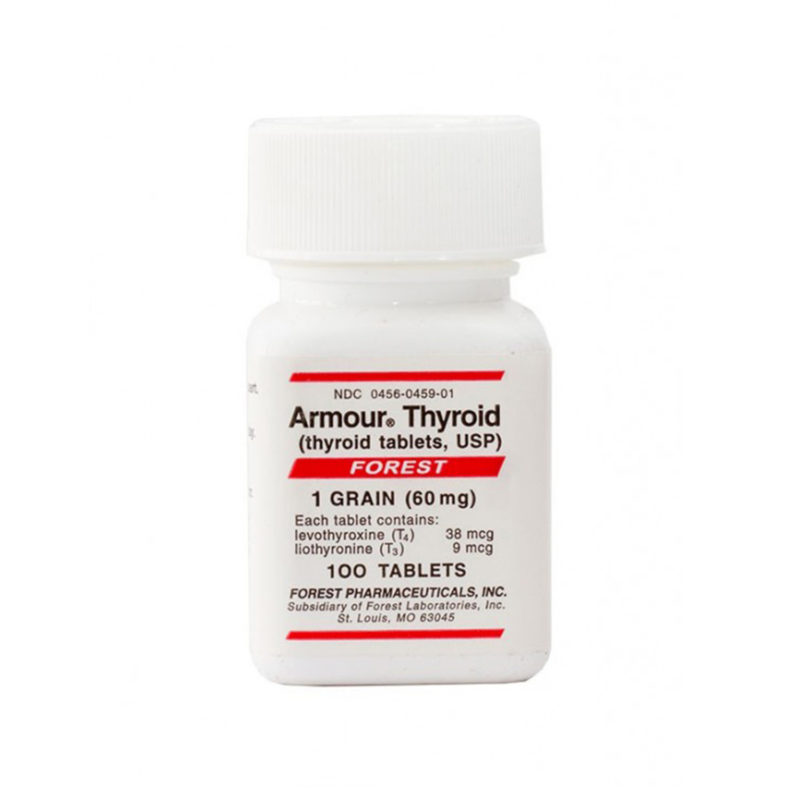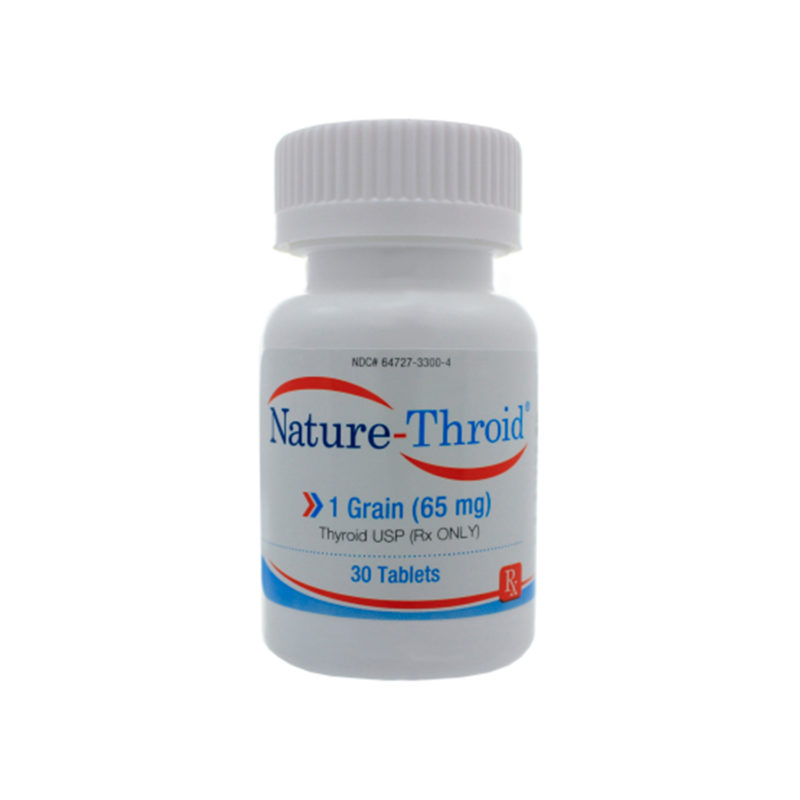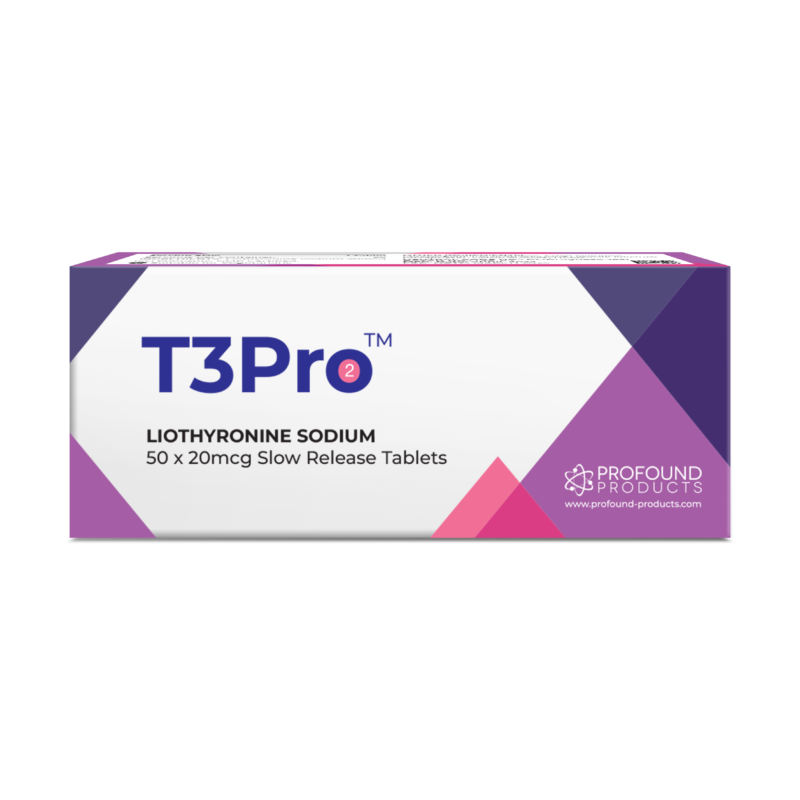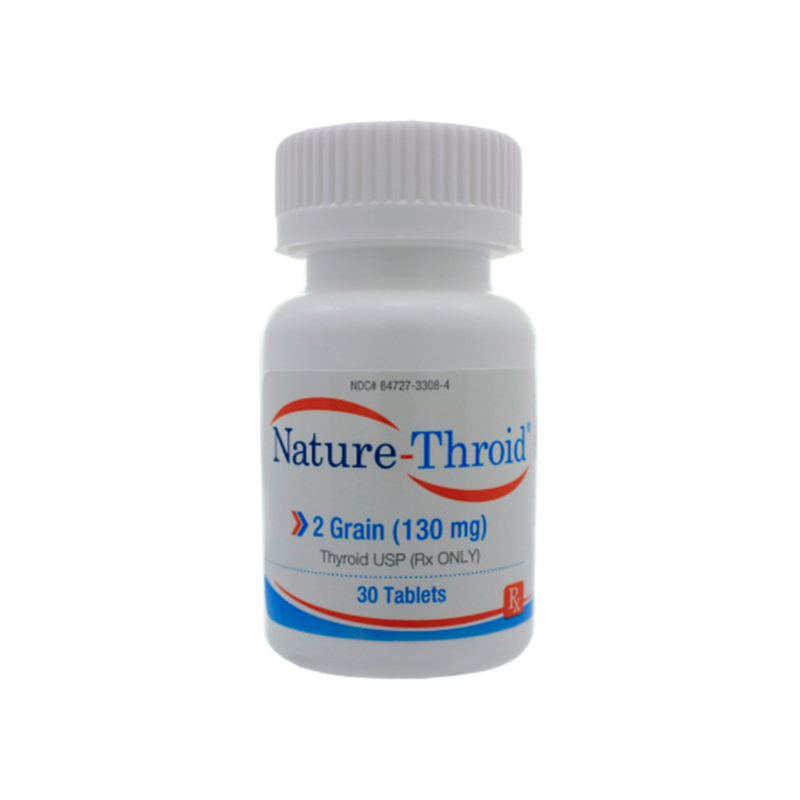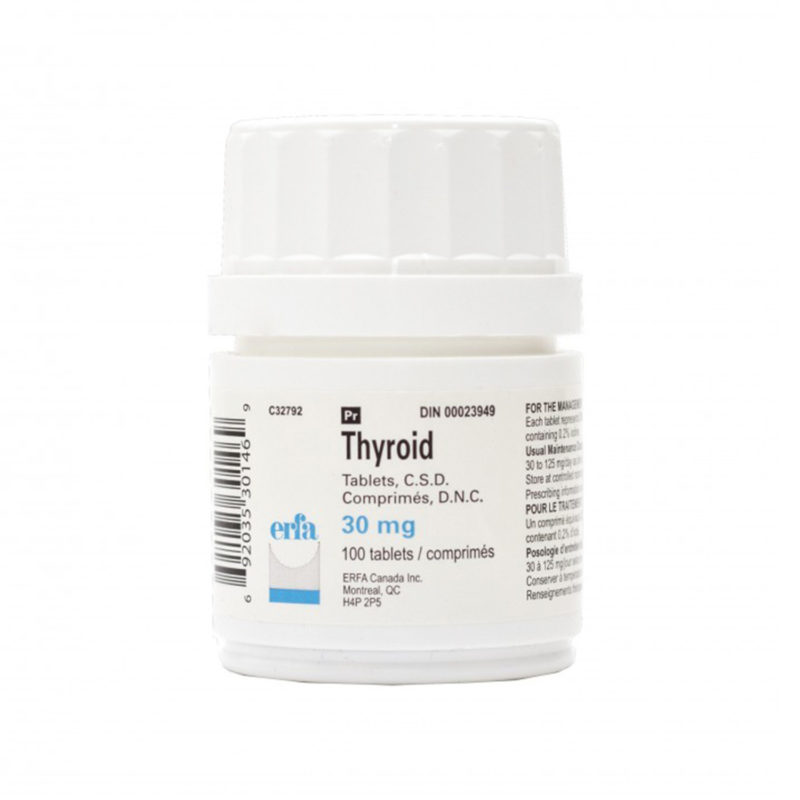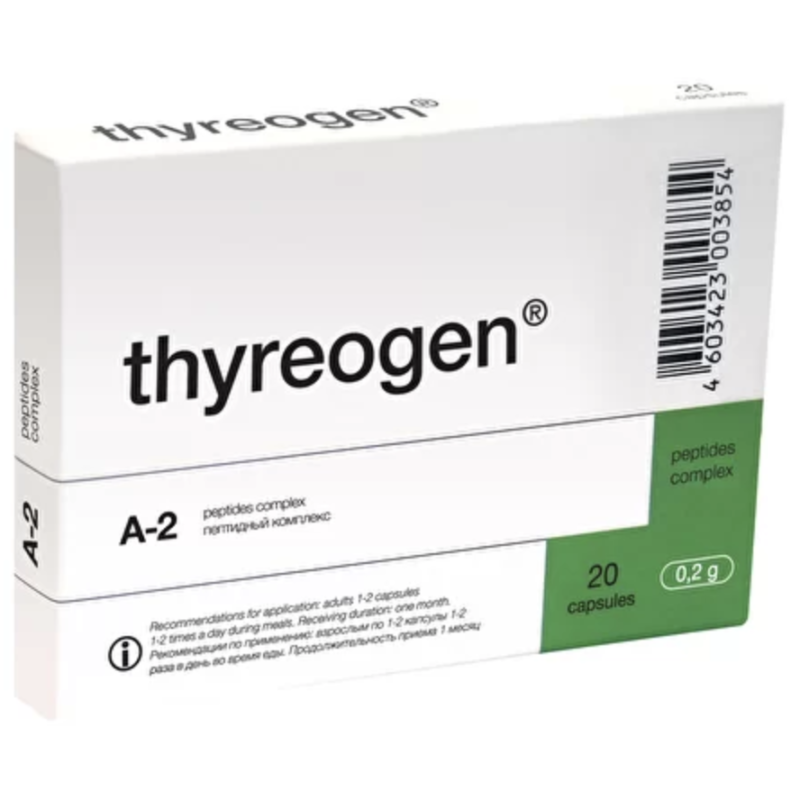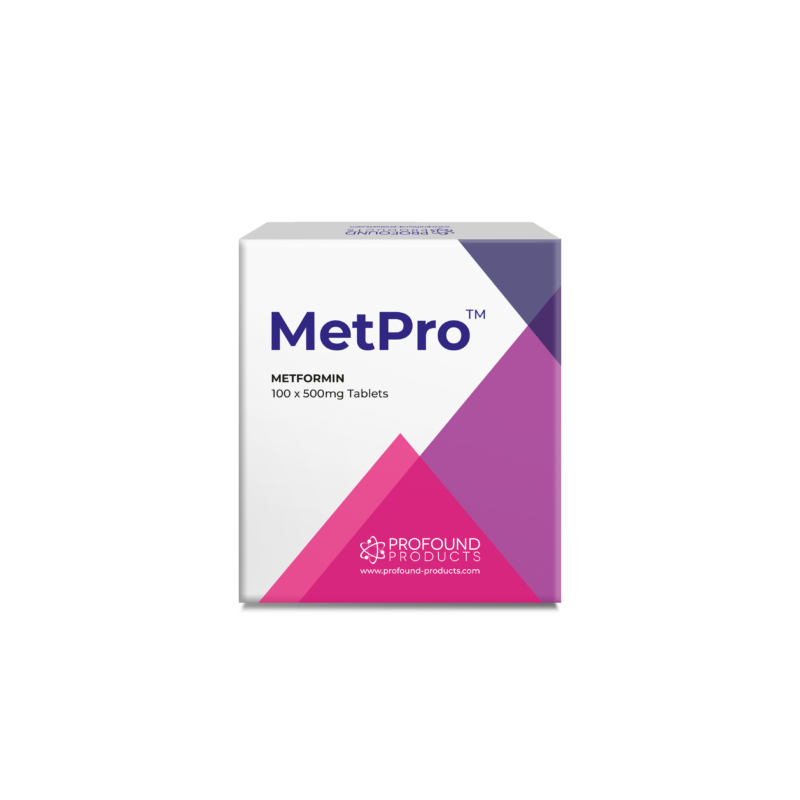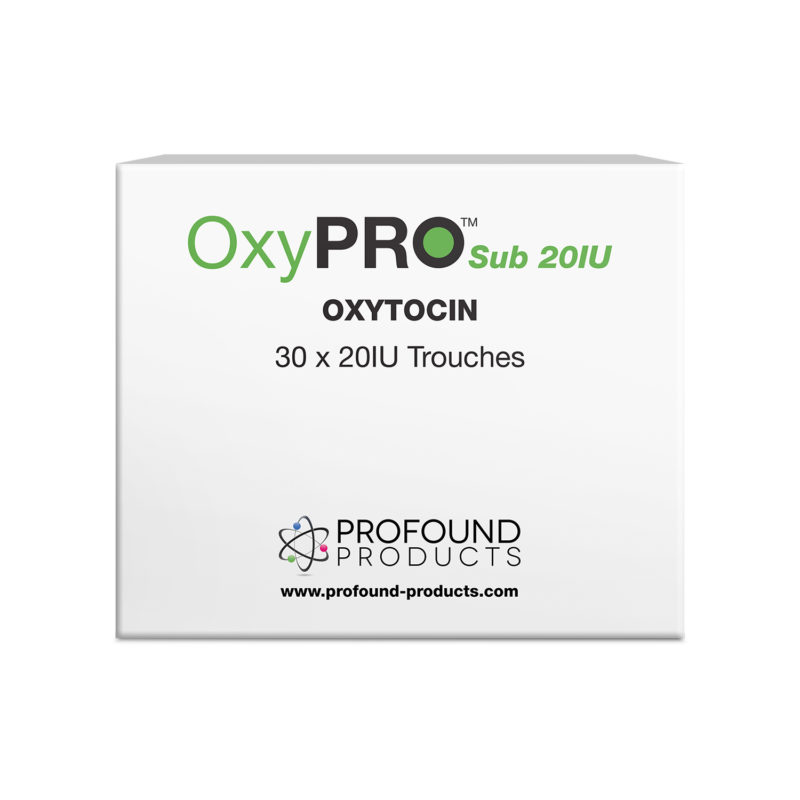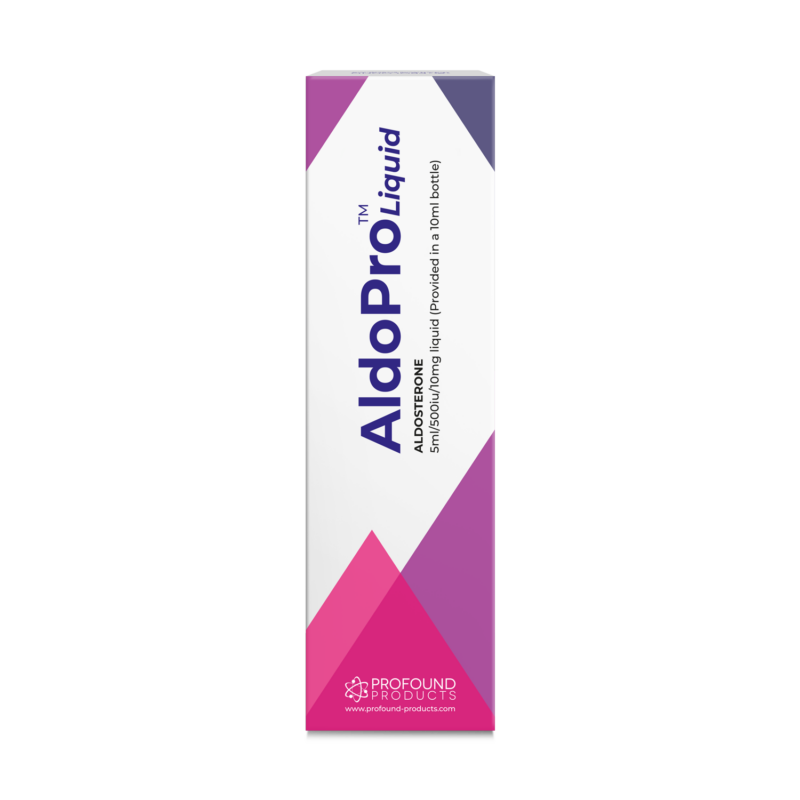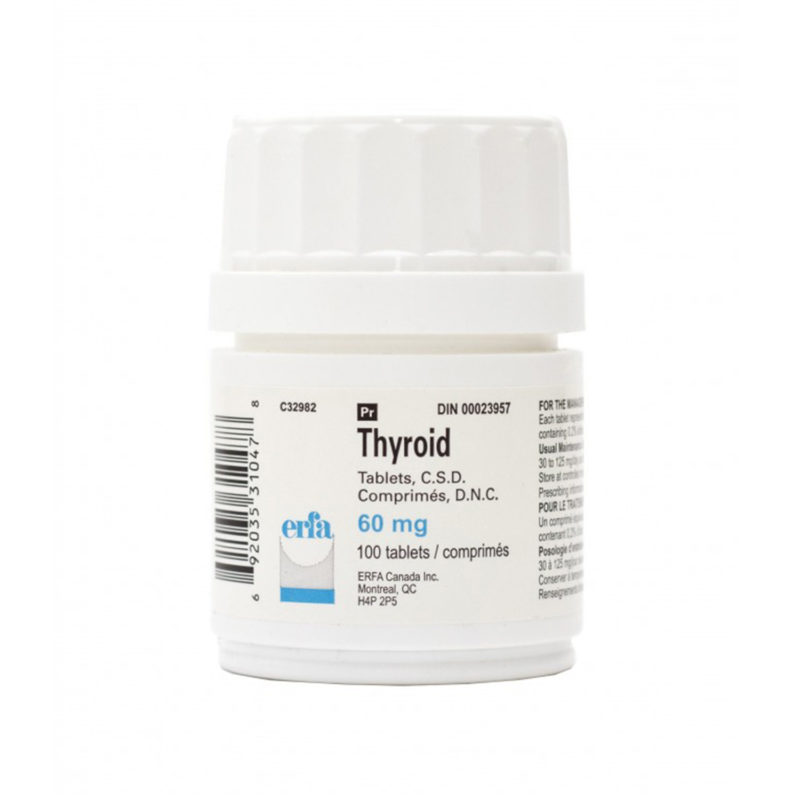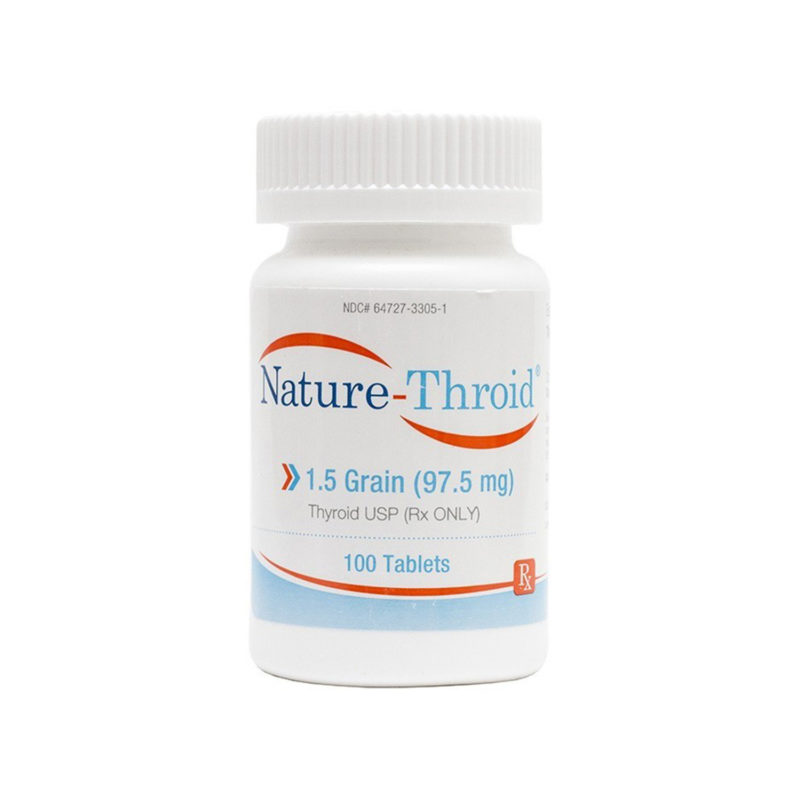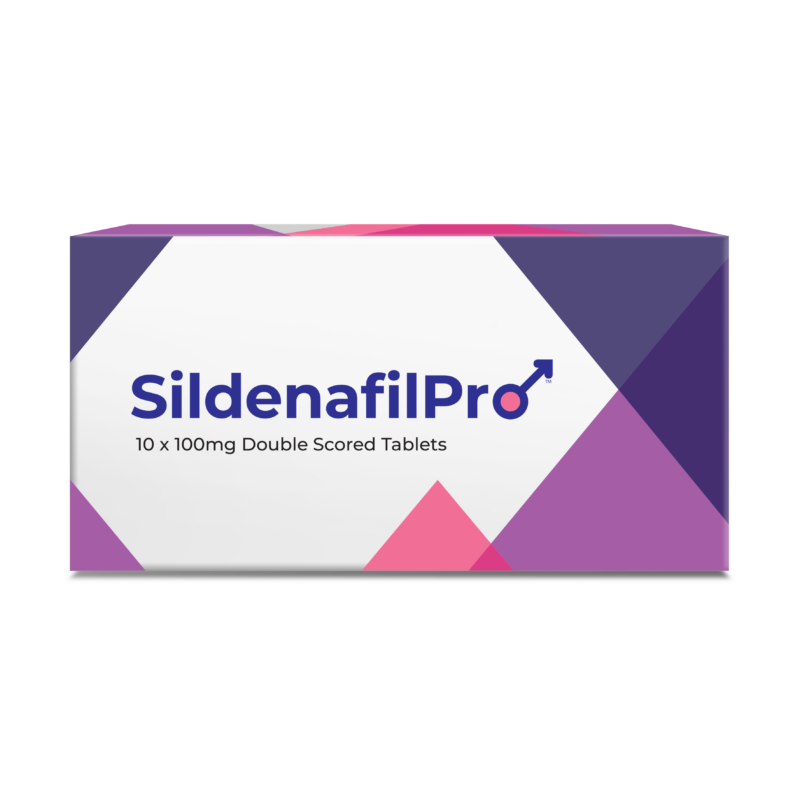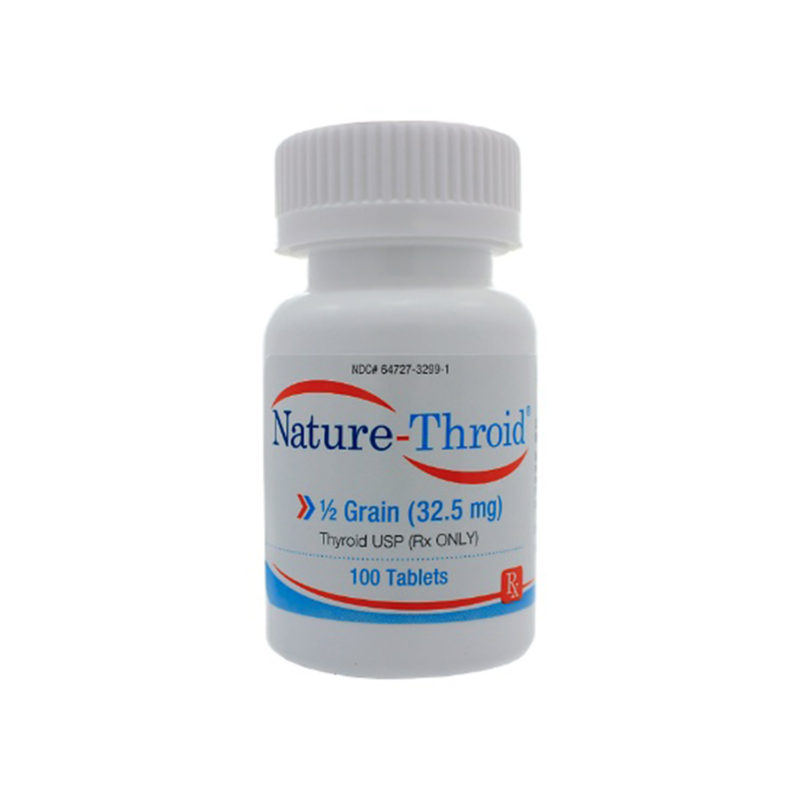New Health Revelations from the London Anti-Aging Conference, October 2014
This important anti-aging conference brought forth some interesting questions and theories not previously discussed in a rigorous manner at other medical meetings. For example, Dr. Thierry Hertoghe of the Hertoghe School of Medicine presented convincing data based on 220 research articles (1) that aging can be reversed by at least twenty years if one applied his methods such as a special diet (Paleolithic), hormone replacement (vasopressin, testosterone, DHEA, estradiol), mesotherapy, and four years of his twice-daily injections of IGF-1/hGH/MSH2 (insulin-like growth factor one/human growth hormone/melanocyte-stimulating hormone two).
His revolutionary prescription for aging was met by a question in the audience. Someone wanted to know how his prescription for reversing aging was affected by fasting. Dr. Hertoghe politely answered that IGF-1 is the key repair hormone essential to repairing damages done by aging and fasting lowers IGF-1. Thus, we probably should avoid fasting because it puts a crimp in our bodies’ natural repair system.
I thought this question especially strange because Dr. Hertoghe had just announced something revolutionary, namely a twenty-year reversal of aging, and yet members of his audience remained focused on extreme diet restriction. For me, this was like a car company announcing a new 700-horsepower supercar, and someone in the audience wanting to know how that would affect a 1965 Buick.
My own take on fasting follows: It probably doesn’t hurt to undergo a one-day fast with good fluid intake because this method will flush toxins from the body without substantially affecting long-term levels of IGF-1.
In truth, if one is concerned about lowering IGF-1 during a one-day fast, I recommend taking extra booster shots of IGF-1/hGH the day before and the day after the fast. Also, I believe that a one-day fast will release some toxins, such as mercury, that can be effectively chelated with glutathione, DMSA, ACF228, or other common chelator supplements.
Another Vexing Paradox
Still another vexing paradox about Dr. Hertoghe’s hormone replacement methods arose as follows: Fact one: Today, there are a record number of seniors in their nineties and over one hundred. Fact two: These seniors have across-the-board low levels of all hormones. Fact three: Yet, many of them lead active and happy lives. Therefore, why hasn’t across-the-board deficiencies of all hormones shortened their lives?
Strangely, Dr. Hertoghe and other advocates of HRT (hormone replacement therapy) have never asked nor answered this important question. However, my own answer follows:
I have given seniors over the age of eighty some key hormone replacements and found that they respond with renewed energy and better quality of life than those seniors over eighty who did not receive HRT. To further explain, some of my patients became very active and vivacious, much to the surprise of their children and fellow seniors. Interestingly, the pharmacist daughter of my eighty-six-year-old patient was gobsmacked by the dramatic improvement in her mother’s energy and vigor.
Consequently, I have concluded that older people can, indeed, get by with across-the-board hormone deficiencies, but they do much better when HRT is employed.
Triage Distribution of Hormones
The eminent Dr. Bruce Ames of the famous Ames Test has proposed in many of his recent lectures that the human body ‘triages’ or distributes needed nutrients such as vitamins to organs that require them for survival. I have extended Dr. Ames’s triage theory to include triaging of hormones that are deficient. In other words, I believe that through triage the body distributes very low amounts of hormones to where they are most needed for basic survival, but this survival is a long way from high functioning and/or optimal senior health. With my own eyes, I have seen the difference in my patients in their advanced senior years when they suddenly became very talkative and enjoyed sitting with their older friends for four or five hours engaged in animated discussions. For me, HRT in seniors and its positive effects are exhilarating to behold.
Are Centenarians Still Having Sex?
I am convinced that hormone triage for seniors may be related to the brilliant work of Craig and Brad Willcox of Harvard University. For many years, these two eminent scientists— armed with a grant from Harvard—studied why Okinawans have the longest life-spans in the world. The researchers summarized their findings in a thick book titled The Okinawan Program (2001). Dr. Craig Willcox attended this London anti-aging meeting, and I discussed with him his finding that one hundred-year-old Okinawan women have three times as much estrogen (Esnatri Triple Estrogen Cream) in their bodies as 70-year-old American women. Also, one-hundred-year-old Okinawan men have the same level of testosterone (Andro-Pro™) as seventy-year-old American men. These Asian male centenarians have so much testosterone that some of them are still having sex at one hundred years of age and beyond.
These facts alone tell me that higher, more optimal levels of hormones— especially anabolic hormones such as testosterone, estrogens, IGF-1, hGH, and DHEA—are critical to healthy aging, libido, and longevity. In the coming months I plan to meet with both Willcox brothers in Hawaii and further discuss implications of diet and hormones versus longevity and quality of life in aged humans.
The Okinawan Diet
The typical Okinawan diet includes Chinese-type cuisine, namely boiled vegetables and pork. Boiling these foods keeps the cooking temperature to around one hundred degrees Fahrenheit rather than the 300 degrees Fahrenheit often used in grilling and baking Western foods. The lower temperature avoids carcinogens that form at temperatures much higher than one hundred degrees. Also, boiling allows unhealthy, inflammatory omega-6 fatty acids to leach out into the boiling water where it is later discarded. Thus, boiling food seems to be a good habit for Okinawans and other health-conscious people.
Tinnitus News
I discussed new developments in hormone replacement and hearing enhancement with several delegates. These scientists often wanted something for their patients who not only suffered age-related hearing loss, but even worse, who suffered the effects of loud tinnitus that awakens them in the middle of the night.
I suggested that those suffering nocturnal patients try twenty micrograms of Fludrocortisone® administered sublingually. In the middle of the sleep cycle, tinnitus can awaken a patient with what sounds like the screeching of banshees. This sound is irritating in the extreme to some sufferers of tinnitus. Within twenty minutes, a small sublingual dose will reduce tinnitus to a bearable dull roar. Subsequently, a patient can further lower tinnitus and improve hearing volume by spraying the offending ear canal with AldoSpray™. However, this spray treatment takes several hours to partially restore hearing and reduce tinnitus.
New Developments in Diet
Dr. Barry Sears of “Zone Diet” fame gave several highly informative lectures on improving diet. He returned again and again to the anticarcinogenic effects of some foods rich in polyphenols and anthrocyanins. In several private conversations, I asked him what type and how much of these anti-cancer foods one should consume daily. He said the foods richest in polyphenols and anthrocyanins are found in fruits and vegetables very dark in color such as beets, tart cherries, purple potatoes, blackberries, and blueberries. Second, he emphatically stated that we should eat very large quantities of these dark veggies to significantly benefit by preventing cancer and other diseases. During our illuminating discussions, I recommended that he read the 2013 book, Eating on the Wild Side, by Jo Robinson. This book gives a detailed historical analysis of why one hundred generations of farmers have systematically bred out many of the polyphenols and anthrocyanins in our food. (Answer: to eliminate or minimize their bitter taste.) Also, during many millennia, these farmers have subsequently bred into our food increasing amounts of sugar (fructose) to deceive our taste buds: think sweet corn and sweet white potatoes. Dr. Sears said he had heard of this remarkable book, and he would surely read it soon and get back to me.
Free Radicals Take Center Stage
Most health-conscious consumers these days consume various antioxidants believing they will render harmless the body’s unwanted free radicals. What is not commonly known is the simple fact that these common antioxidants have only been tested in vitro, that is to say, in a test tube, not in the human body.
For many years I have wanted to change this scenario and test antioxidants directly and efficiently in living human beings. I accomplished that goal when I invented a special spectrometer that measures and monitors free radical by-products, namely lipid peroxides, in living human volunteers. This special spectrometer allowed me to time study (pharmacokinetics) the benefits of antioxidants in eliminating toxin free radicals and active oxygens.
At the London anti-aging meeting I fielded many questions from the audience regarding my noninvasive in vivo monitoring of human volunteers and their free radicals. One particular young scientist from the University of Leeds wanted further details. My best advice for her was to borrow for six months a near-infrared (NIR) spectrometer from an industrial manufacturer that typically sells them to the food industry for routine, assembly-line measurement of the water content of manufactured food products. After borrowing a spectrometer, she would proceed to change its two interference filters for two other filters set at 1,200 and 1,459 ± 29 nm (nanometers). The 1,459 nm filter detects specifically lipid peroxides caused by free-radical generation in all mammals. Armed with these special filters and an NIR spectrometer, a scientist can monitor changes in lipid peroxides and the countereffects of antioxidants and other radical scavengers.
In twenty-seven research papers in prominent gerontological journals and in my US patent, I have monitored these substances in vivo and noninvasively in animals and human volunteers. This extensive monitoring allowed me to optimize antioxidant mixtures resulting in my patented formula, ACF 228™.
I was delighted that young researchers from England and Europe were again interested in further developing my NIR spectrometer and monitoring free radicals, lipid peroxides, and antioxidants.
All in all, it was an especially productive conference.
Reference
1. Hertoghe, T. 2010, The Hormone Handbook, Vol. 2, International Medical Press, Luxembourg.
